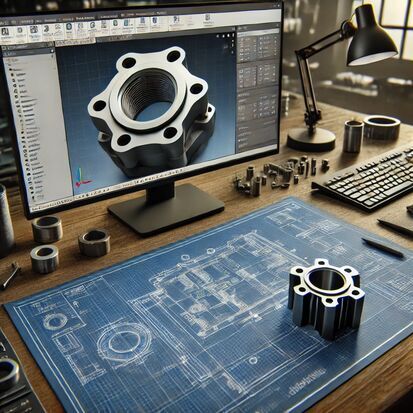
Understanding SolidWorks Detailing Services
How Accuracy in Engineering Projects Is Improved by Advanced Solidworks 3D Modeling and Detailing


© 2024 Crivva - Business Promotion. All rights reserved.